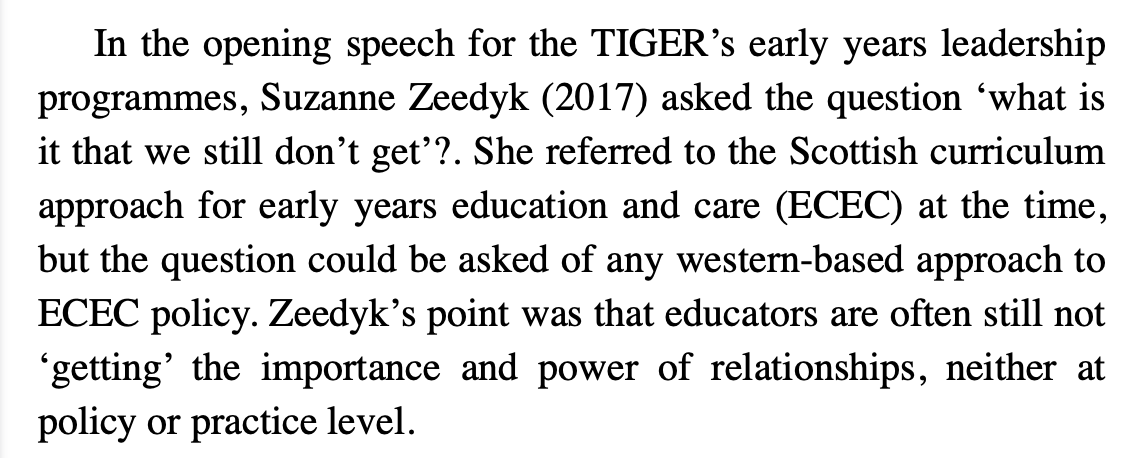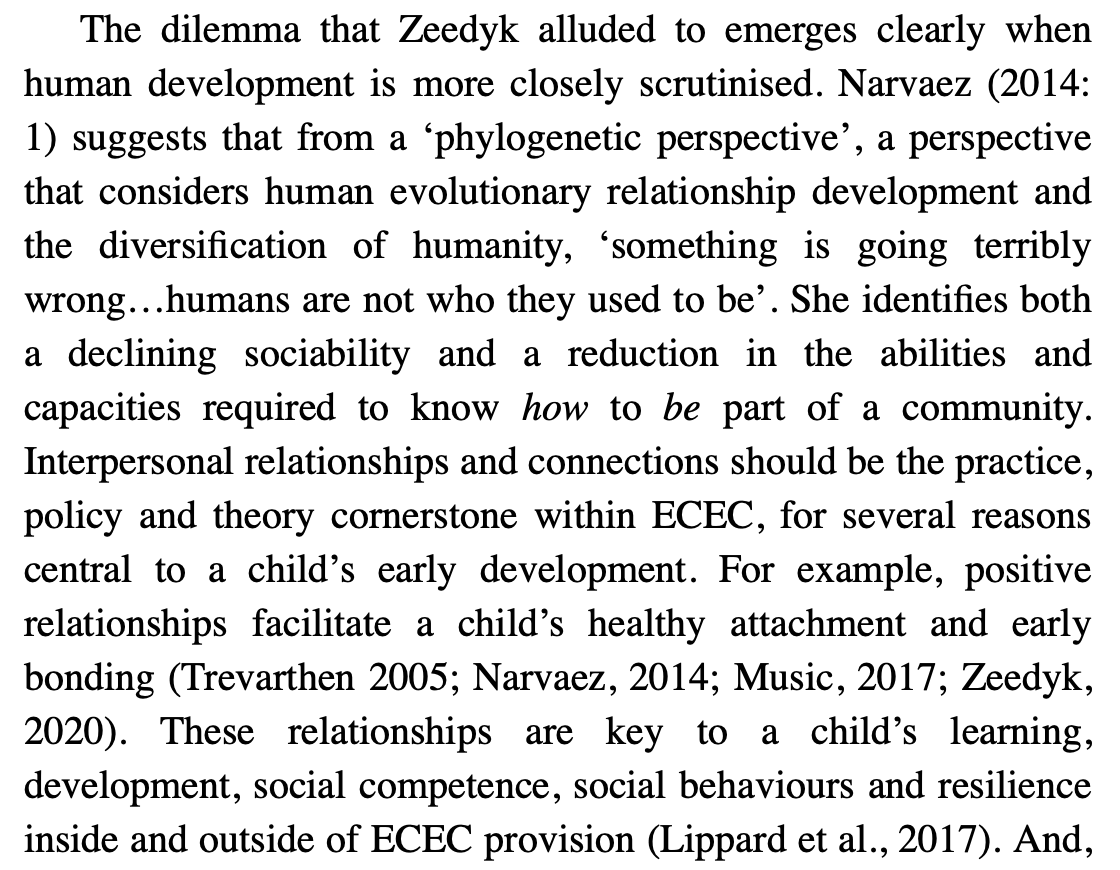Let's end this year with a #BabyThread of Hope & Comfort, which this little fella sought to offer his frightened friend. What's going on in this 33 sec story if we look closely? What can the Science of Connection help us to see? (I do love being able to share these insights!) 🧵
https://twitter.com/buitengebieden/status/1608573319913312256
2. We begin the story knowing the problem: A lamb is lost and looking for her (?) mother. We can imagine her fear & anxiety. We can hear it in her bleat. The reason the video catches our heart is because we realise the little boy is alert to that fear too. He tries to help. 

3. But our lad, a toddler of about 2 years maybe?, holds a piece of knowledge he thinks the lamb doesn't have. He can SEE her mother. So he does what one would do automatically in that situation. He points to her. That pointing is called 'joint attention'. 

4. And he's keeping close visual track of the mother sheep's approach. So, as she moves, he adjusts his pointing. "She's there. Just there. See? Just follow the line of my finger and you will find her, my friend." THINK about the complexity of this communicative capacity! 
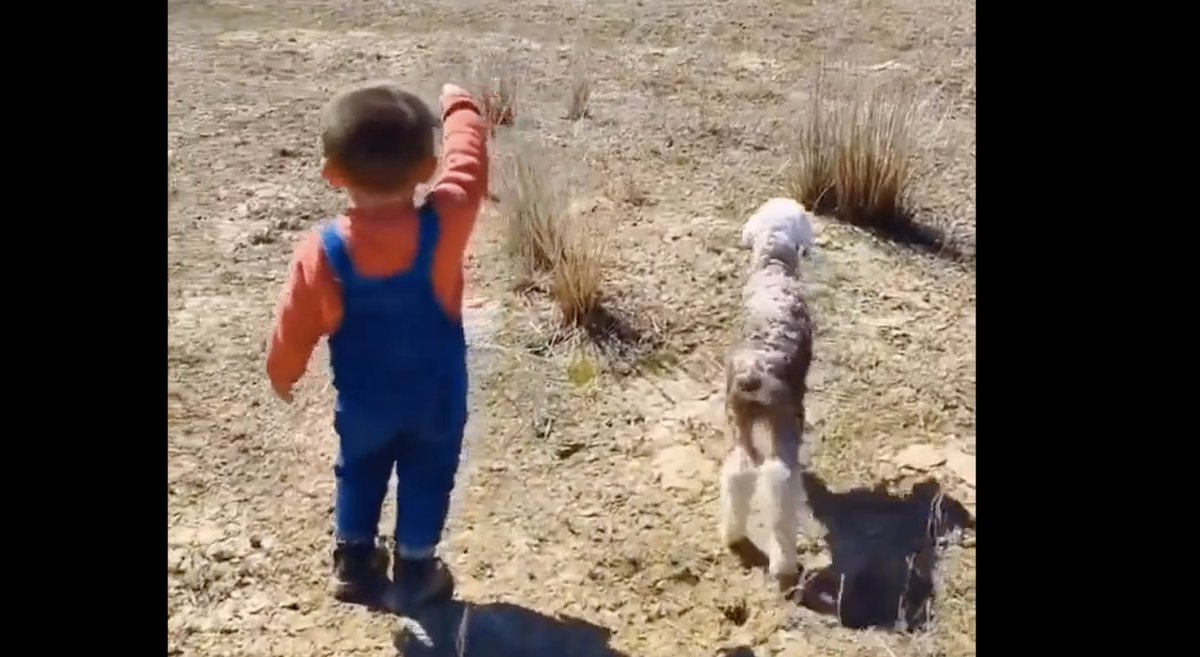
5. Joint attention is something we take for granted as children develop it, at about 9 mos of age. But let's not. Let's stop and marvel at the complexity of this ability. Because LOOK what he does next! He CHECKS to see if his friend is following his finger point. 
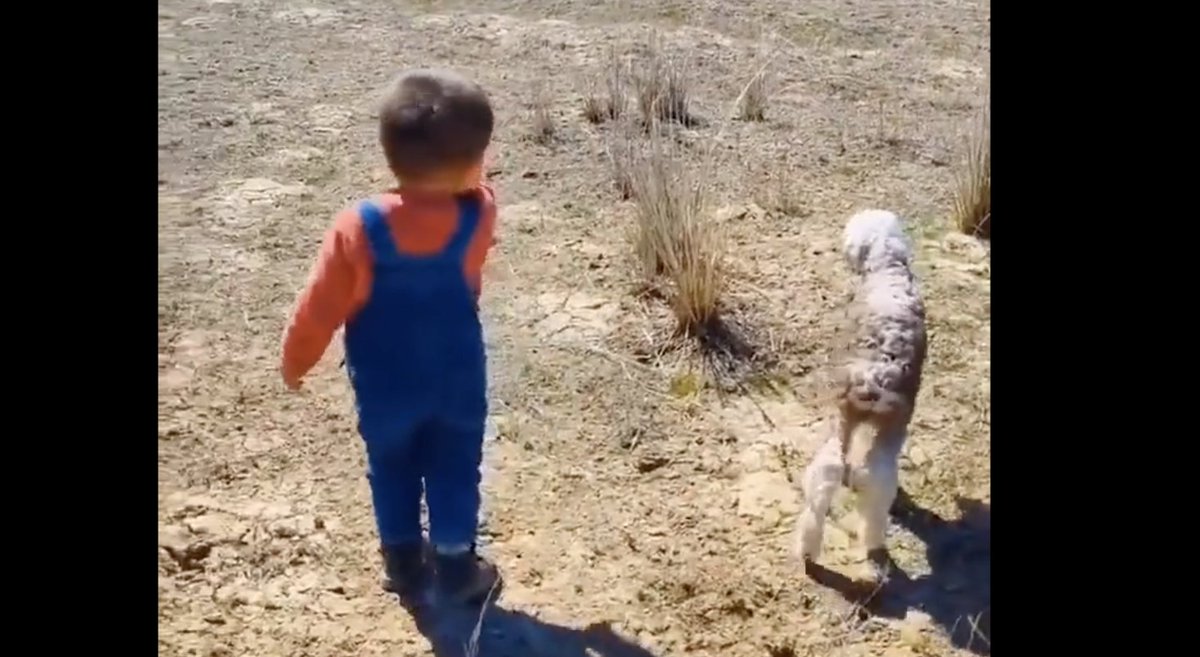
6. The reason this is called 'joint attentn' is because 2 ppl must give their attentn jointly to a single object. And, in this case, that object isn't in touching distance. You need to do geometry to manage this one. You need to follow an imaginary line, beginng frm a finger tip.
7. So not only do you need to be aware of yr own attention ("Look! Something interestng over there!"), you need to know t other person possesses attn too. And you need to be aware they might not be sharing your focus. So you need to take action to alert them. Remarkably complex!
8. In a second we are going to see how very hard this lad works to comfort his friend by directing his attention. But before that I just wanted to be sure we appreciate the emotional complexity of what we are witnessng. Here is more info on this capacity: beforefirstwords.upf.edu/precursors-of-…
9. Back to our story. He must hv concluded she hadn't clocked his message, so he tries again. He steps closer to the approaching mother sheep, points again, and adds words: "She's over there." So he can COORDINATE his language, his body & his interpretation of his friend's needs. 
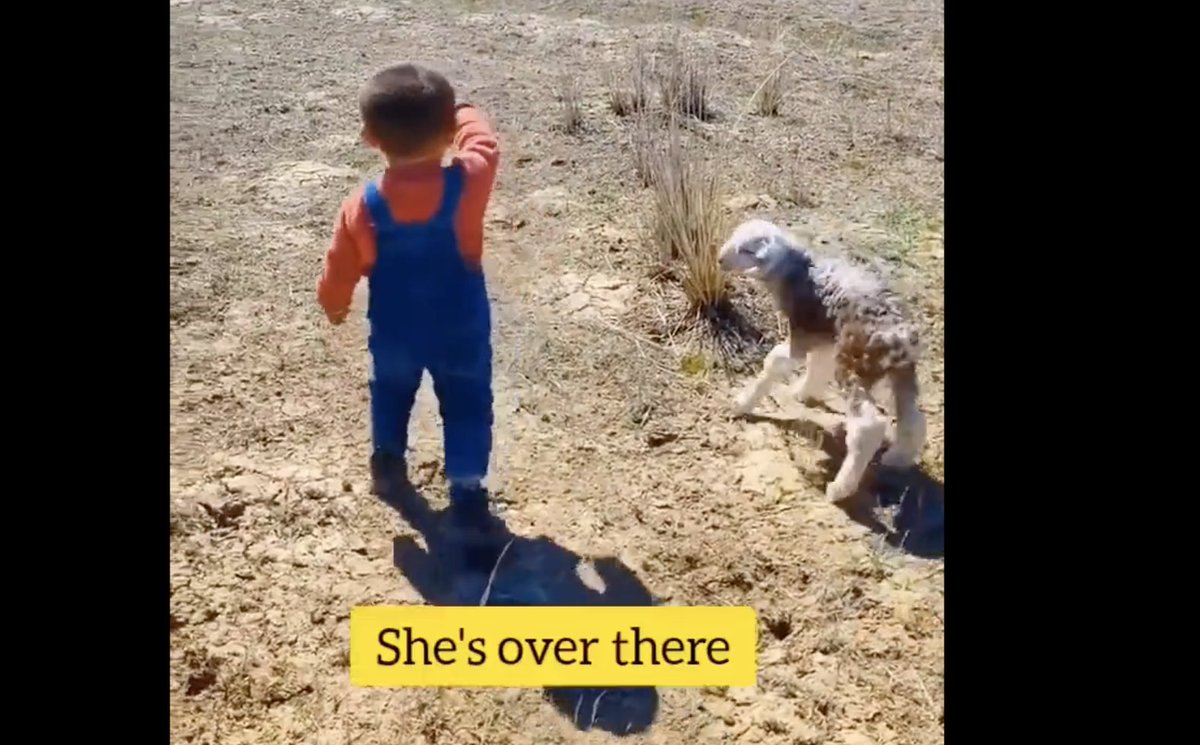
10. He holds that pose a long time, standing there steadily pointing. Eventually the lamb steps forward and seems to be looking in the right direction. "Phew! Thank goodness she's seen. I've showed her where to look and now she can see her mum coming. Great!" 

11. He is soooo reassured that he drops his arm-point.
Except, except, what??? She ISN'T really looking in the right direction! "That's not where I've been pointing. What??"
Except, except, what??? She ISN'T really looking in the right direction! "That's not where I've been pointing. What??"

12. Watch him standng there, taking in this info. The lamb is lookng in entirely t wrong direction. That is NOT where her mum is. It is remarkable, what we are watching. He is observing t lamb's external behaviour & from that drawing conclusions abt her internal state, her needs. 

13. So he TRIES AGAIN. Bless him. Bless the empathy he is showing. He takes several steps forward before he points again. Think about it. He MOVES into the lamb's line of sight. He makes sure that his friend can SEE where he's pointing. Massive cognitive & emotional capacities. 



14. And he checks again. "Has she seen? Is she following my finger?" His brain & stress system take in t info. "Noooo. What??? You aren't looking in t right place? Why can't you see?? Then you will not be anxious. Then you can stop bleating. She is coming! Can you not see??" 

15. So he TRIES YET AGAIN. He gets more strategic. He steps toward her. He reaches out. You can even hear a little sigh of effort. "Ooph." You can imagine he is going to grab her head & orient her attention forcibly, if he can. Except he can't. She moves away! Away frm his help!! 

16. As soon as he gets anywhere near close enough, he reaches for her. He clearly wants to grab her, to still her, to help her see what he now says in words: "She's coming for you." He is so focused on comforting her, on helping her needs as he sees them. That's EMPATHY. 

17. By toddlerhood, childrn are able to show empathy. In fact, it is a major milestone. If a child isn't showing empathy by 2 years of age, parents should take notice. I love that this video shows so clearly a toddler's capacity for empathy & #connection. parents.com/toddlers-presc…
18. And now mum is getting very close. But the lamb is still bleating, isn't she? So his comfort continues. He's back to pointing. He's back to reassuring words, "She coming for you." His empathy means he is not leaving his friend in any doubt that HOPE is worthwhile. 

19. And FINALLY t moment he's been hoping for arrives. She SEES mum. She starts running toward her. Notice that once our lad clocks this has happened, he stops pointing. He stops using words. He just runs beside her, deliverng her safely all t way to her destination. 

20. I love this moment. He stands, surveying his work, taking in t moment. "My friend is safe with her mum." What empathy. He does not let her go until he knows she is feelng safe.
2 other bits to notice:
- Look at his posture, firmly balanced.
- Look at mum & lamb in reunion.
2 other bits to notice:
- Look at his posture, firmly balanced.
- Look at mum & lamb in reunion.

21. Off they go together, remindng us attachment is a process not just for humans, but for mammals.
All those videos out there of abandoned puppies? Yes, they carry trauma. Yes, there is hope, but only thru care. That's how #sophiefromromania has gained followrs: Hope frm care.
All those videos out there of abandoned puppies? Yes, they carry trauma. Yes, there is hope, but only thru care. That's how #sophiefromromania has gained followrs: Hope frm care.
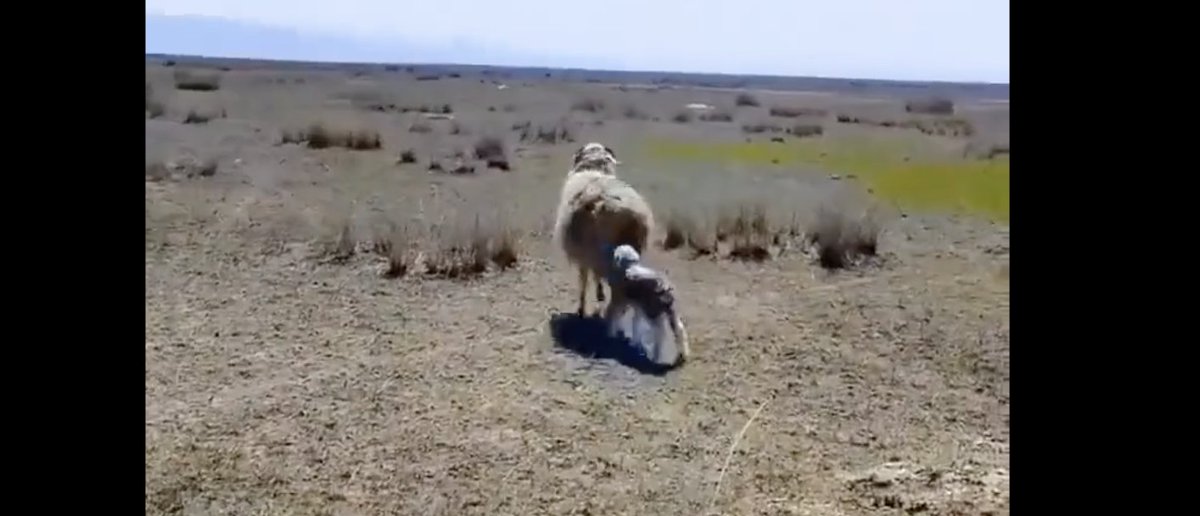
22. As always, I wonder what happens after the video ends. Does he have someone who he can tell his story to? Someone who wants to listen? "What did you do with your day? ... You what? You saved a lamb? Wow!"
Feeling heard changes who a child becomes.
Feeling heard changes who a child becomes.
23/end. (Because its about to be 2023!)
I end this year with THANKS for all of you who hv told me you find these threads informative & fascinating. I'm glad. We too often take children (and ourselves) for granted. The Science of Connection can help us stop that. Happy New Year.
I end this year with THANKS for all of you who hv told me you find these threads informative & fascinating. I'm glad. We too often take children (and ourselves) for granted. The Science of Connection can help us stop that. Happy New Year.
Tagging colleagues whom I think may be interested in this thread on joyful toddler interaction. @paulinescott222 @Christophherr @Philippa_Perry @LoreenPardoe @Lorrain05617625 @annanewell @JANEOROURKE @ChrisOrr_ELC @Graham_Goulden @JohnCarnochan @SeventhSon76 @carajay118
• • •
Missing some Tweet in this thread? You can try to
force a refresh















